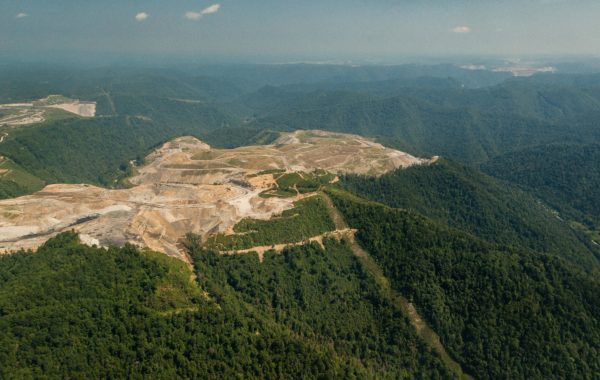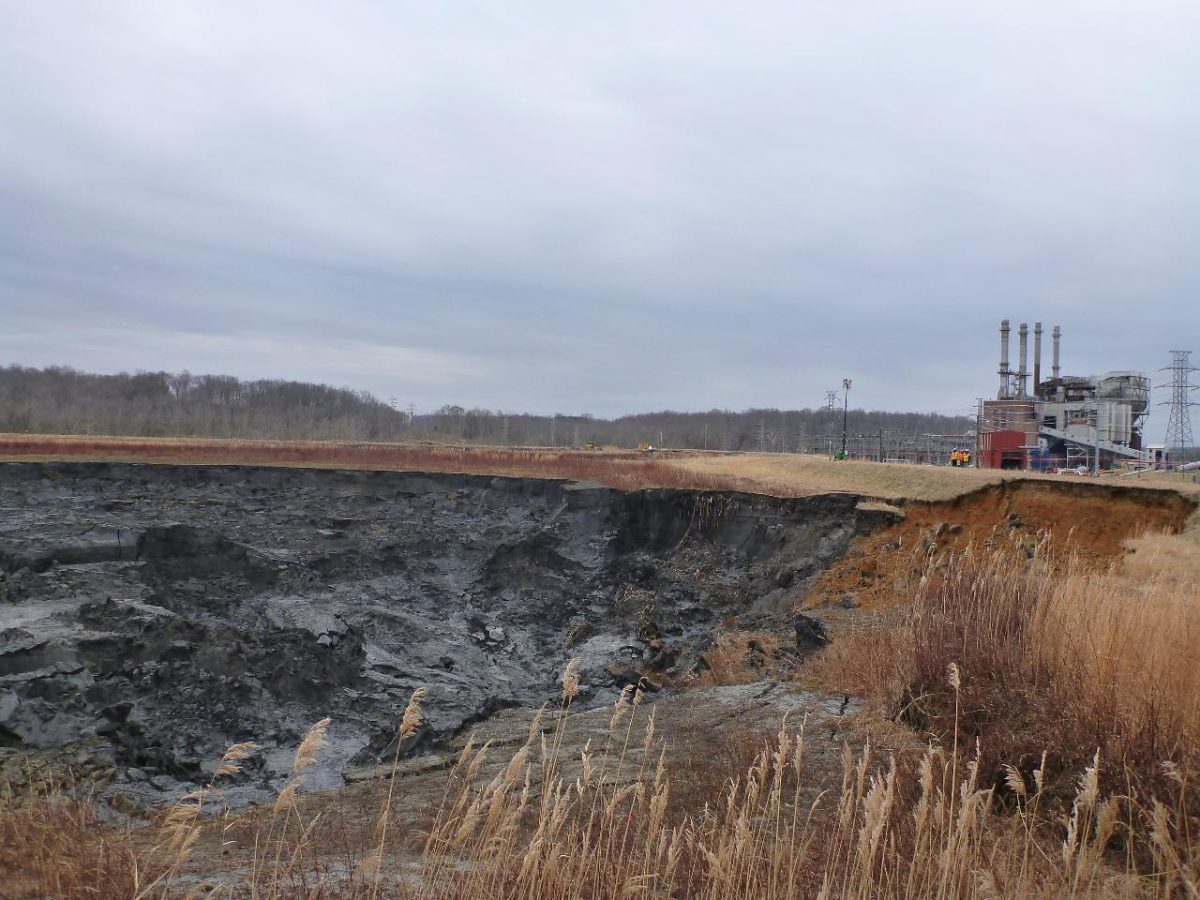FirstEnergy Corp., a utility serving West Virginia, announced it will permanently retire a coal ash facility, and like a phoenix rising from the ashes, a solar facility will take its place. The utility plans a 6 MW site as part of a larger 50 MW solar portfolio.
Coal ash, the byproduct of burning coal for electricity, is the second largest waste stream behind household trash. It contains toxic chemicals like arsenic and lead and is generally buried in a processing landfill. This facility had been using the ash to produce cement and bury toxic materials in a landfill.
FirstEnergy subsidiary Mon Power will construct the solar facility on the 27 acre site. Another solar facility will be built on a 44-acre reclaimed coal strip mine property.
Mon Power and Potomac Edison are accepting applications to subscribe to a utility-run “community” solar program. The program allows customers to purchase renewable energy credits representing the production of the solar facilities. The credits are used to offset utility bill costs.
Earlier this year, the largest solar project in the state’s history was announced, a 250 MW project to be placed on a former coal strip mining site. To date, the state only has 20 MW of solar installed, so this project will be a landmark in the state’s energy transition progress.

Image: Kent Mason
The project is set to be located 3,000-acres of what used to be the Hobet surface mine site in southern West Virginia, according to project officials. Up to 300 workers are expected to be employed during construction, with the total project cost estimated to come in at around $320 million, which is considerably more than the $54 million in total solar investment in the state previously, according to the Solar Energy Industries Association (SEIA).
The solar array will be developed by Savion, while SEVA WV will lead other developments in a multi-phase project to revitalize the area of the former mine, with additional industry, lodging, hospitality, and recreation investments planned, including 80 miles of new trails as an extension of the Hatfield-McCoy ATV system.
In 2020, the state passed a bill that authorizes electric utilities to own and operate up to 200 MW of renewable generation facilities to help meet the state’s electricity needs. A statement said the addition of new renewable generation may encourage economic development, as a “growing number of companies” require that a portion of the electricity they buy be generated by renewable sources.
This content is protected by copyright and may not be reused. If you want to cooperate with us and would like to reuse some of our content, please contact: editors@pv-magazine.com.









Finally, a 21st century solution to the age-old damage caused by strip mining coal. Good job opportunities during the construction phase. Future jobs for maintenance and monitoring the output will be fewer, of course but the experience gained during the development of this project can be carried forward to future projects in WV and the surrounding areas.
Useful tips, even as a person who often comes across articles on prevention, I want to highlight yours and I would recommend distributing it to schoolchildren